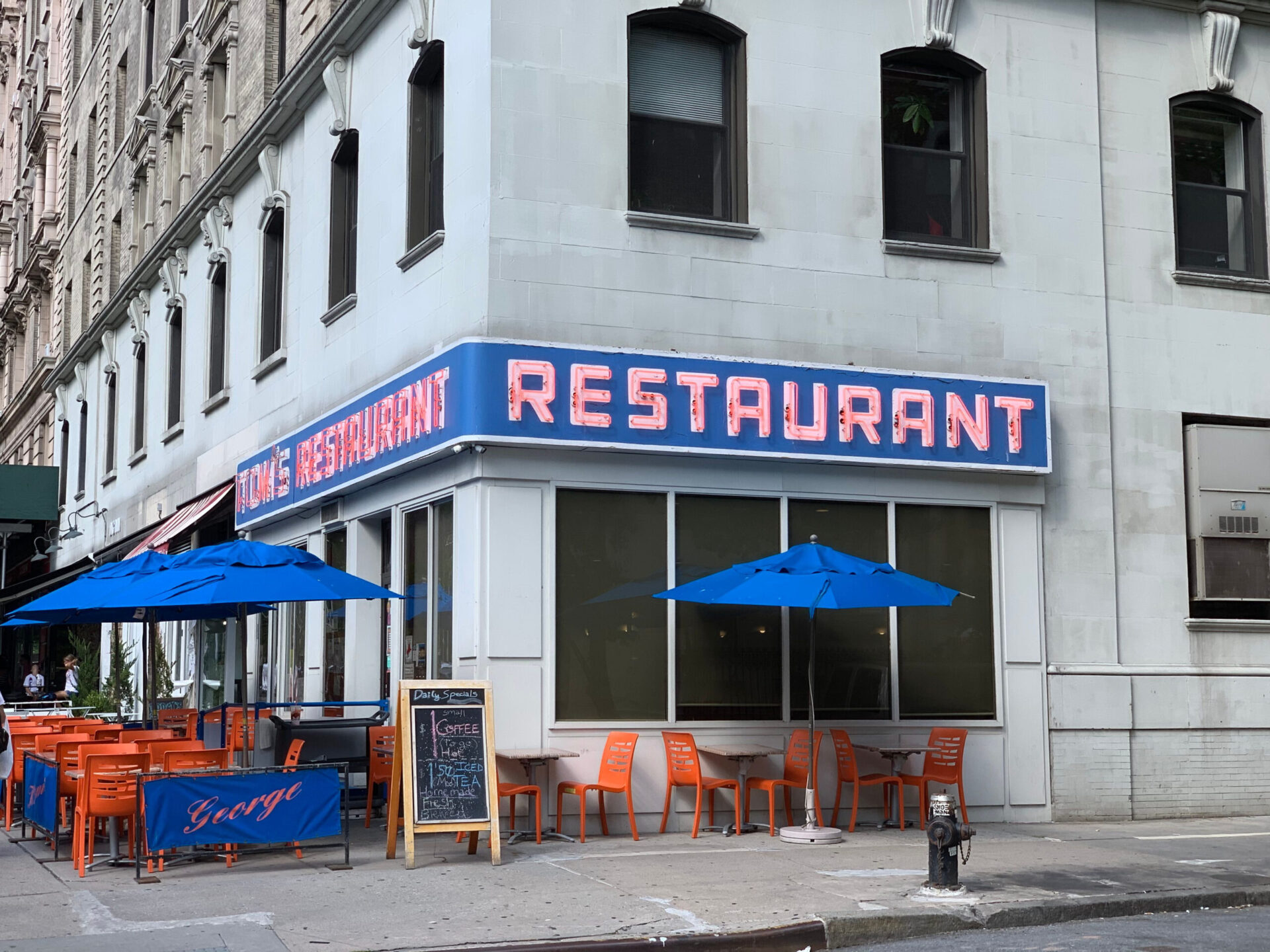
Dining out should feel like a treat, but sometimes what looks like a simple meal comes with hidden tactics designed to make you spend more. Many restaurants use psychological strategies that push diners toward certain decisions without them even realizing it. Here are some of the most common ways they do it.
The Pressure of Quick Decisions
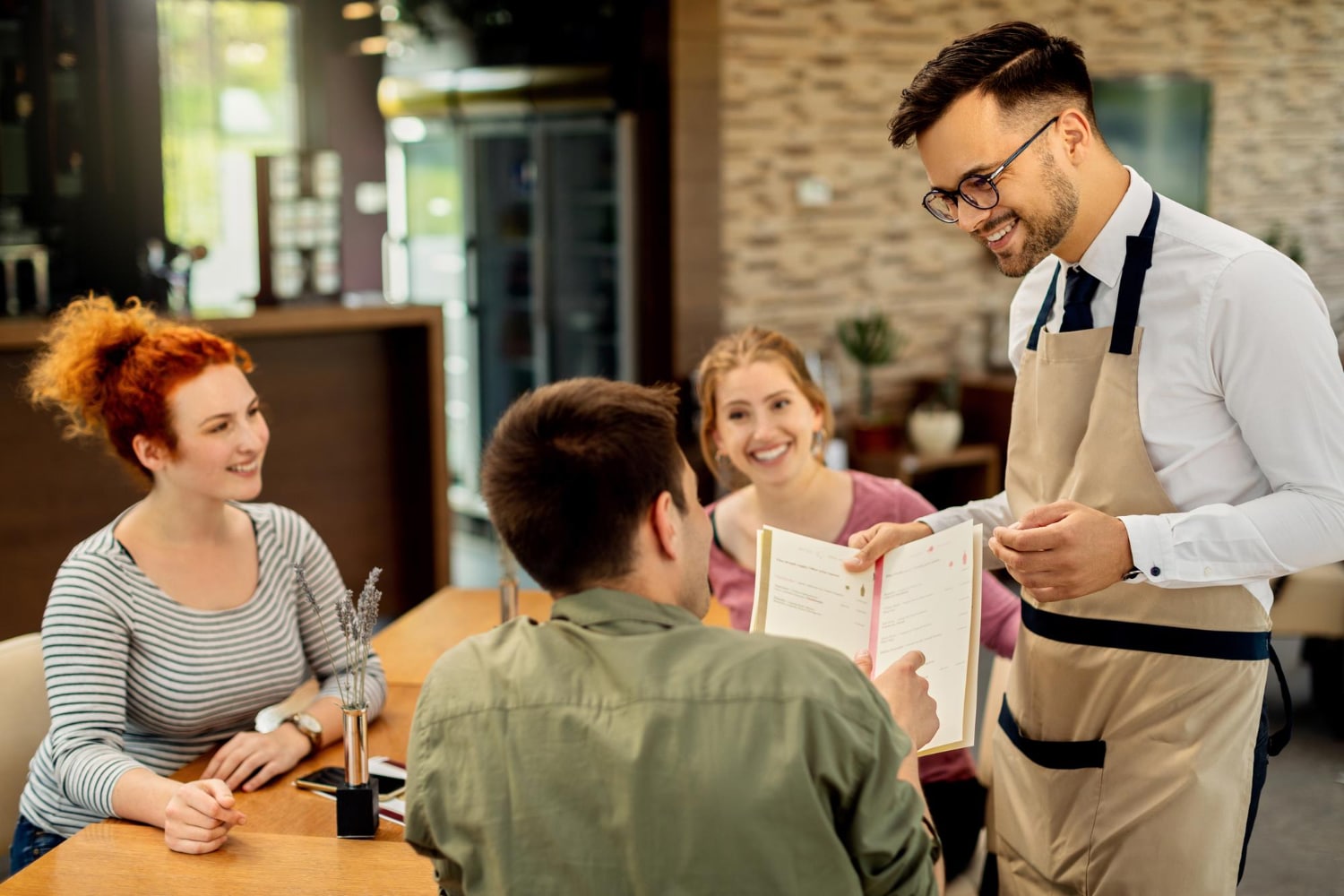
Studies show that most people choose their meal within 90 seconds of opening a menu. Restaurants know this and design menus to take advantage of that short decision-making window, nudging customers toward profitable options before they’ve had time to think twice.
Playing Hide-and-Seek With Prices
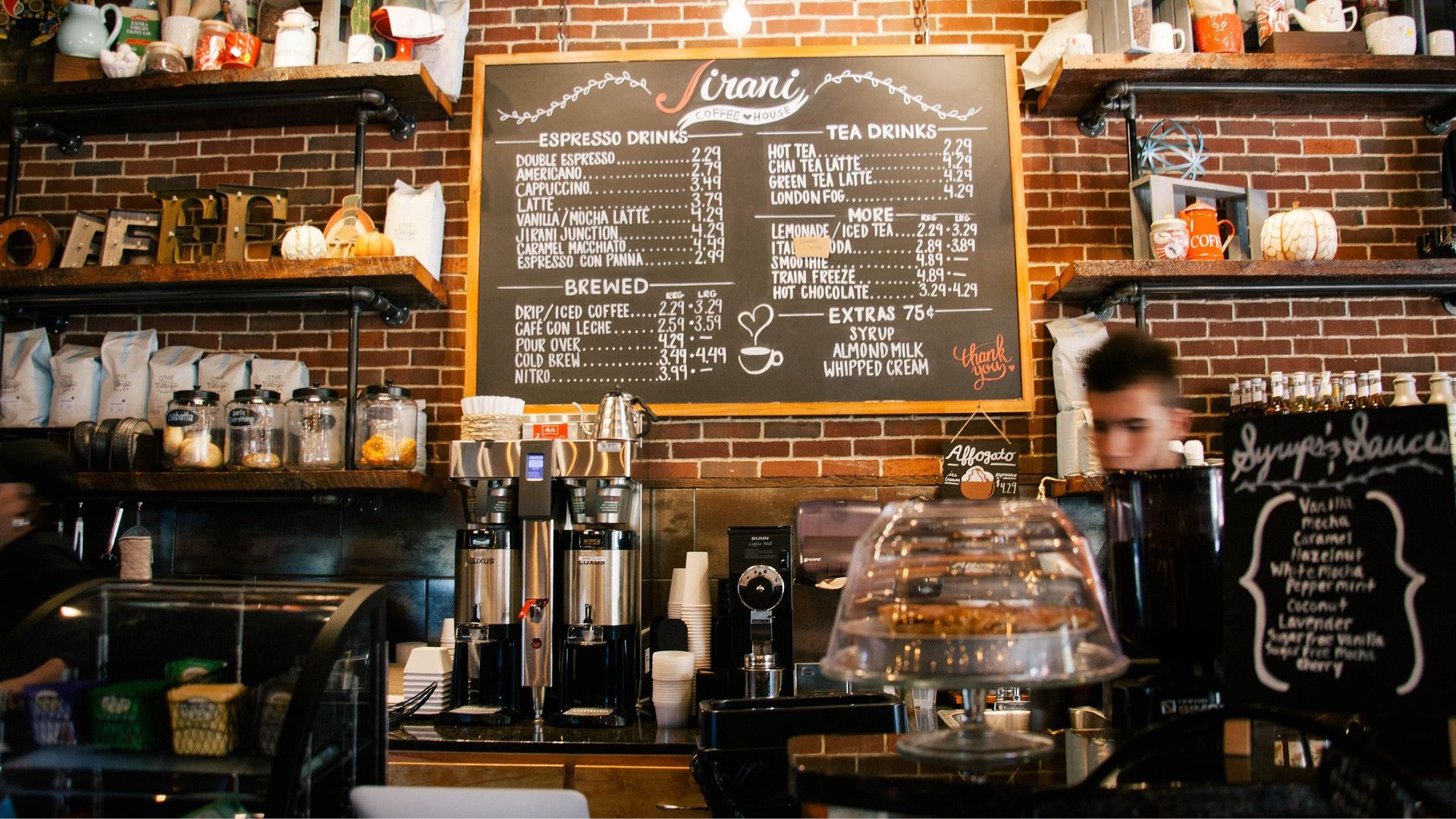
Many upscale restaurants intentionally leave out currency symbols. When prices are shown, they’re often tucked away in unusual places on the page. The idea is simple: get diners to focus on the dish itself rather than the cost, making it easier to justify a splurge.
Anchoring With Expensive Options
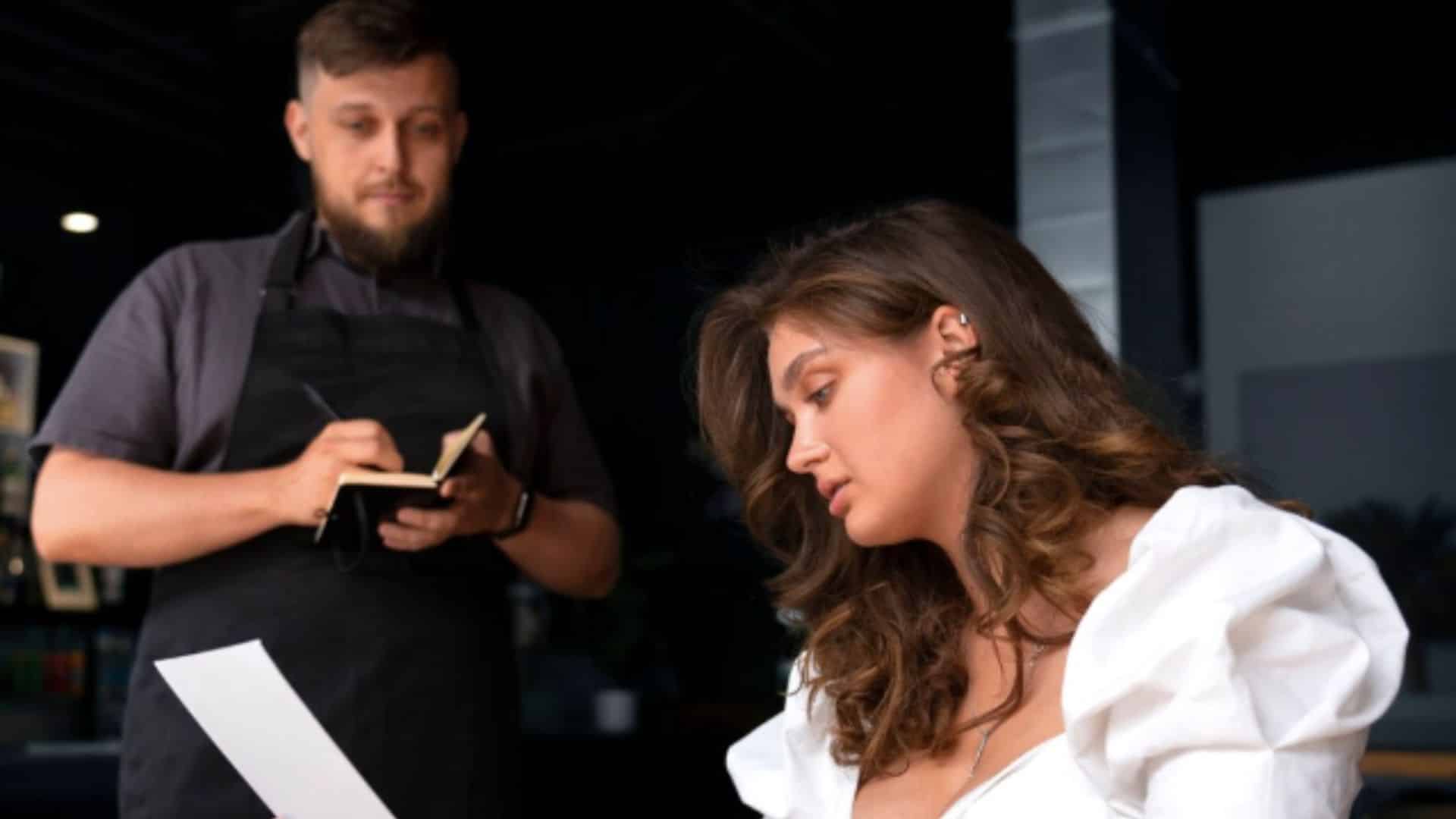
Menus frequently include one extremely high-priced dish. Few customers order it, but its real purpose is to make everything else seem affordable by comparison. This technique, known as anchoring, is one of the most effective tricks in pricing psychology.
The Power of Descriptive Language
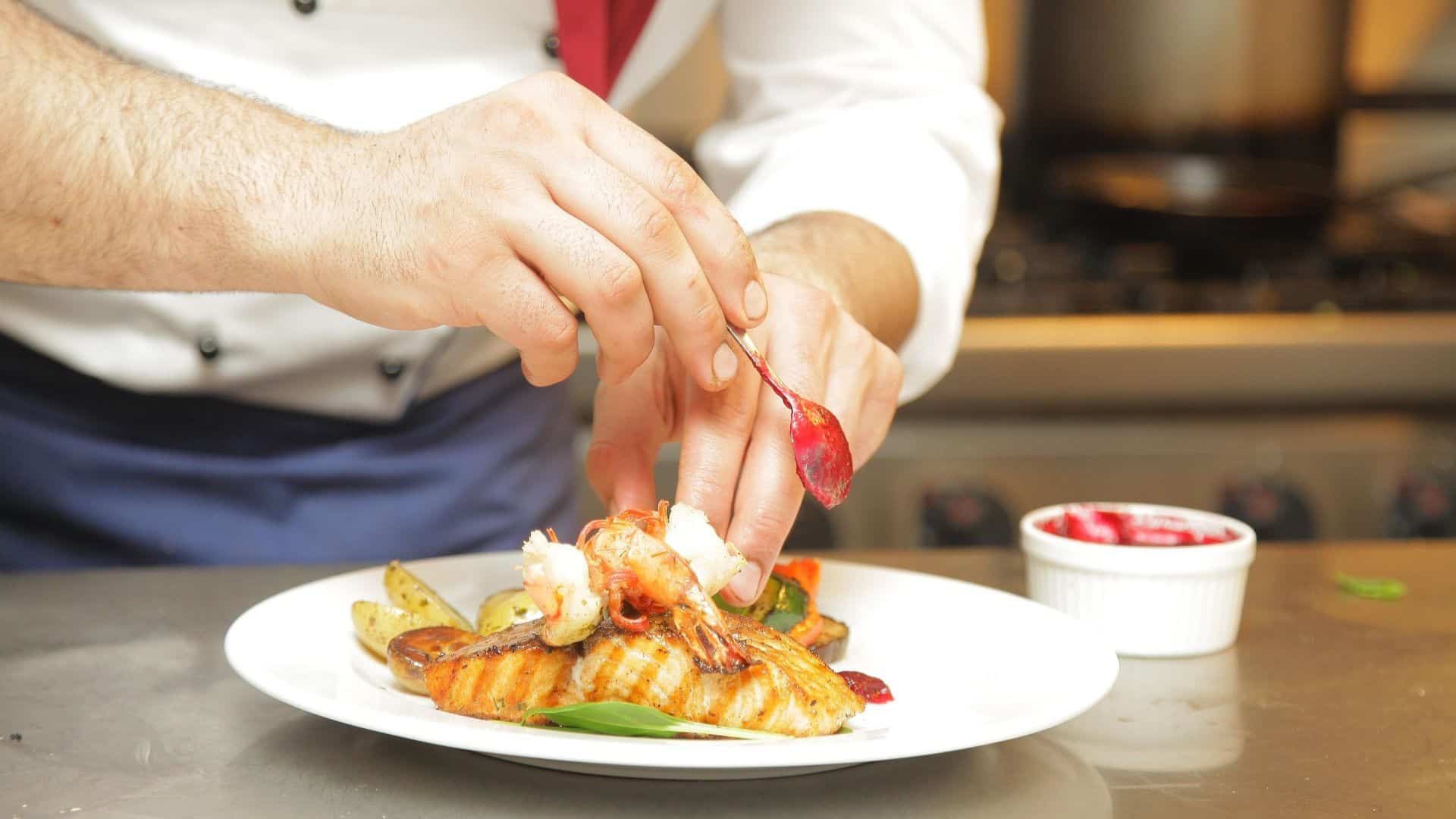
Have you ever noticed how appealing some dish names sound? That’s intentional. A vivid description like “buttery, herb-crusted salmon” doesn’t just describe food, it makes it feel more valuable, persuading diners that they’re getting something extra special.
Nostalgia on the Menu
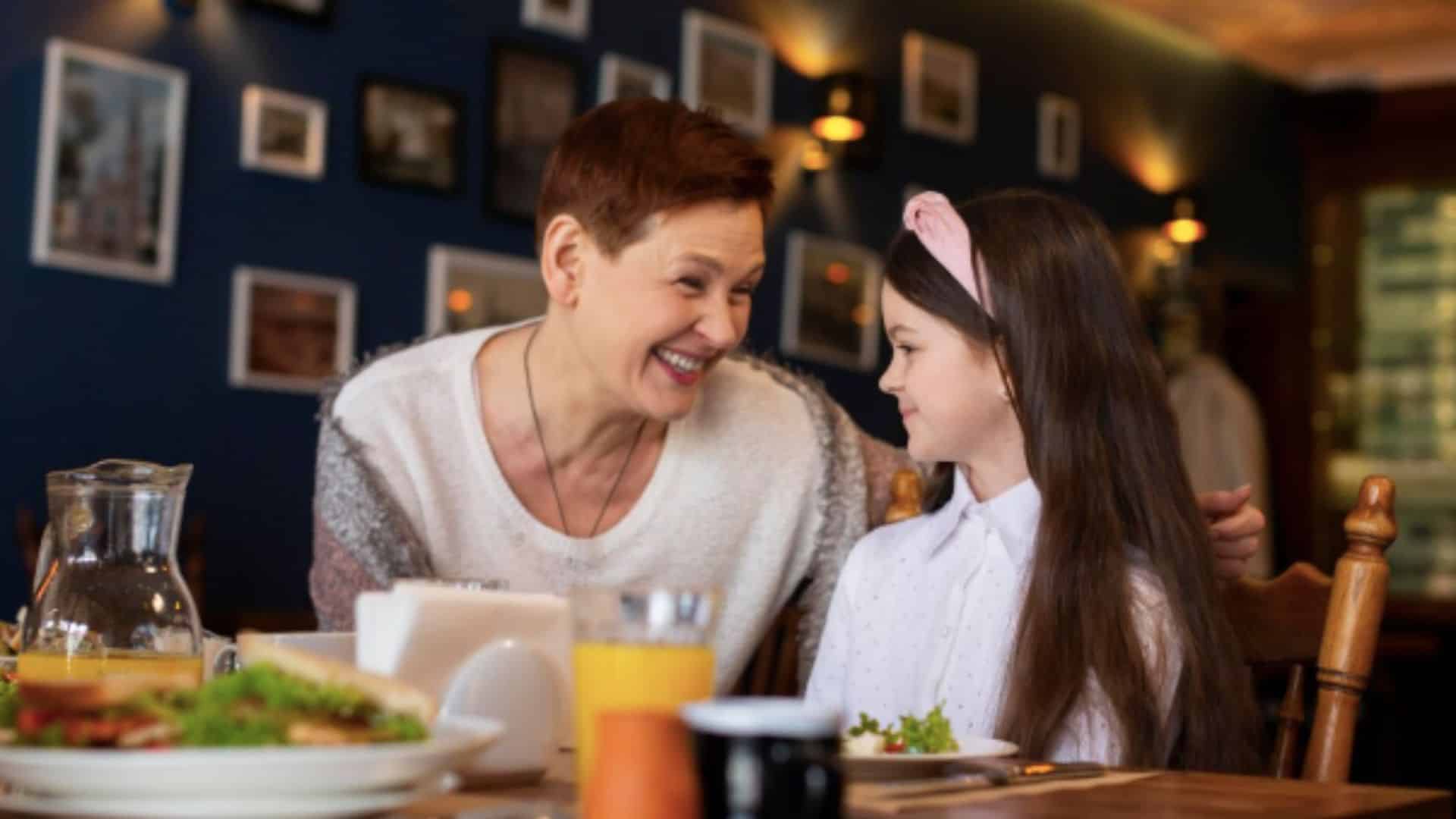
Restaurants often use emotional hooks to draw customers in. References to home, family, or tradition… like “Grandma’s Apple Pie”, tap into memory and comfort. But the story can be misleading, as that pie may well have come from a freezer rather than a family oven.
The Tip Jar Illusion
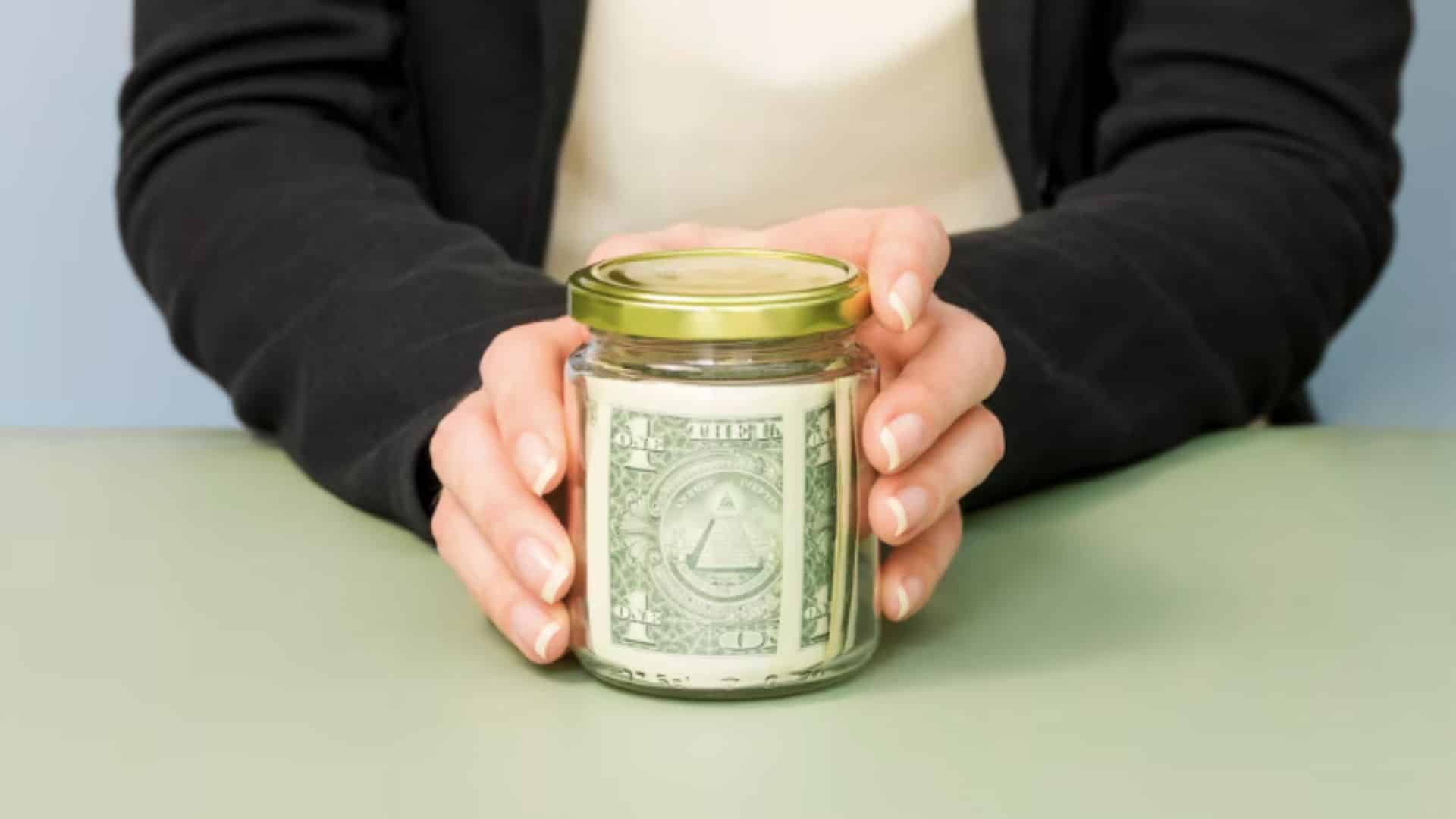
A jar brimming with cash near the register can create subtle social pressure. In some cases, staff “seed” the jar with their own bills to encourage customers to add more. It’s not illegal, but it does play on people’s instinct to follow the crowd.
The Sparkling Water Trap

When a server asks, “Tap or sparkling?” the question sounds innocent, but it’s a sales tactic. Many diners end up ordering bottled water, sometimes multiple bottles, without considering that tap water was always an option.
The Role of Background Music
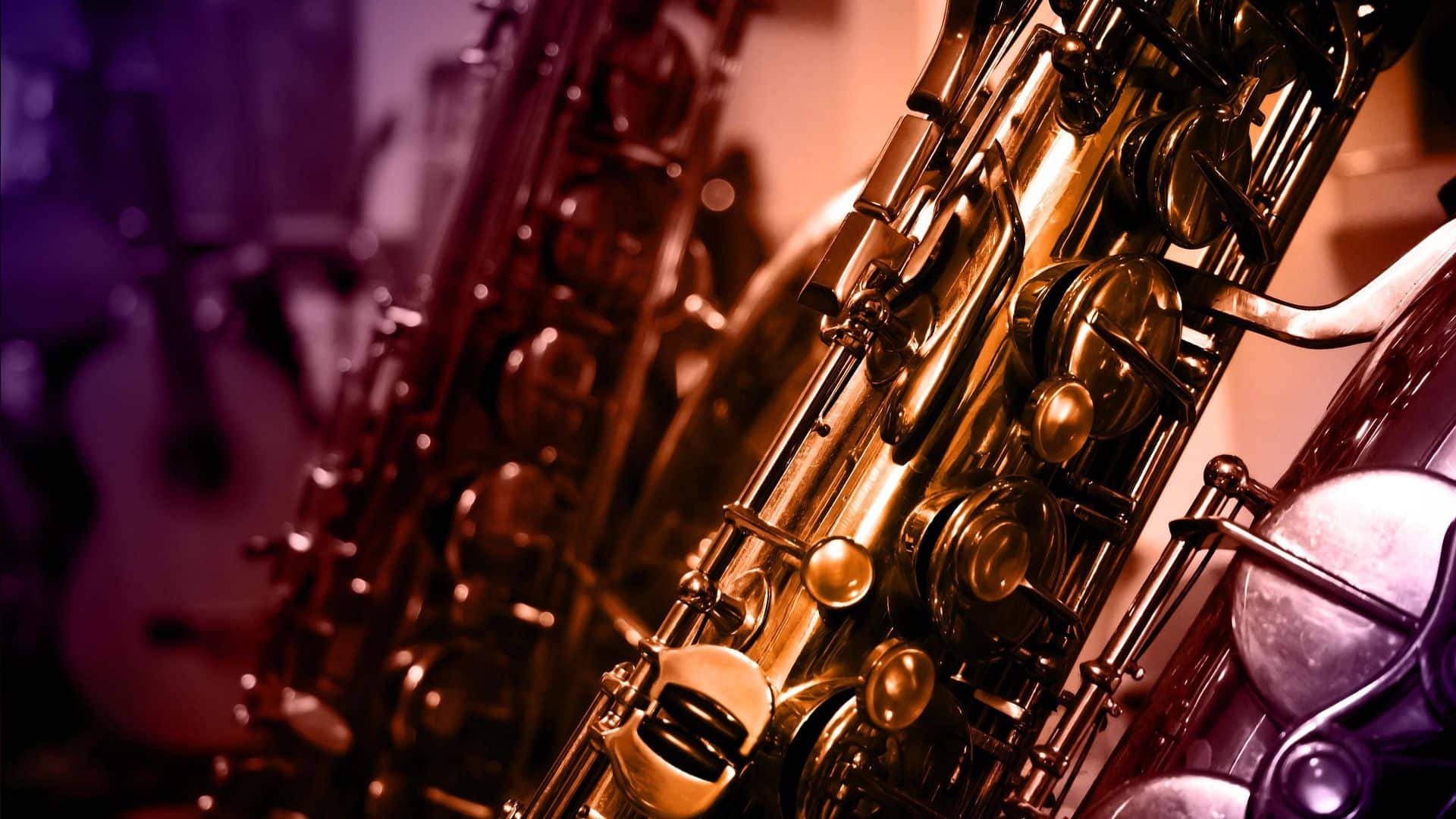
Music in restaurants isn’t chosen at random. Slow tunes during quiet times encourage customers to linger and order more, while fast-paced music during busy hours helps move people along quickly, keeping tables turning.
Strategic Menu Layouts
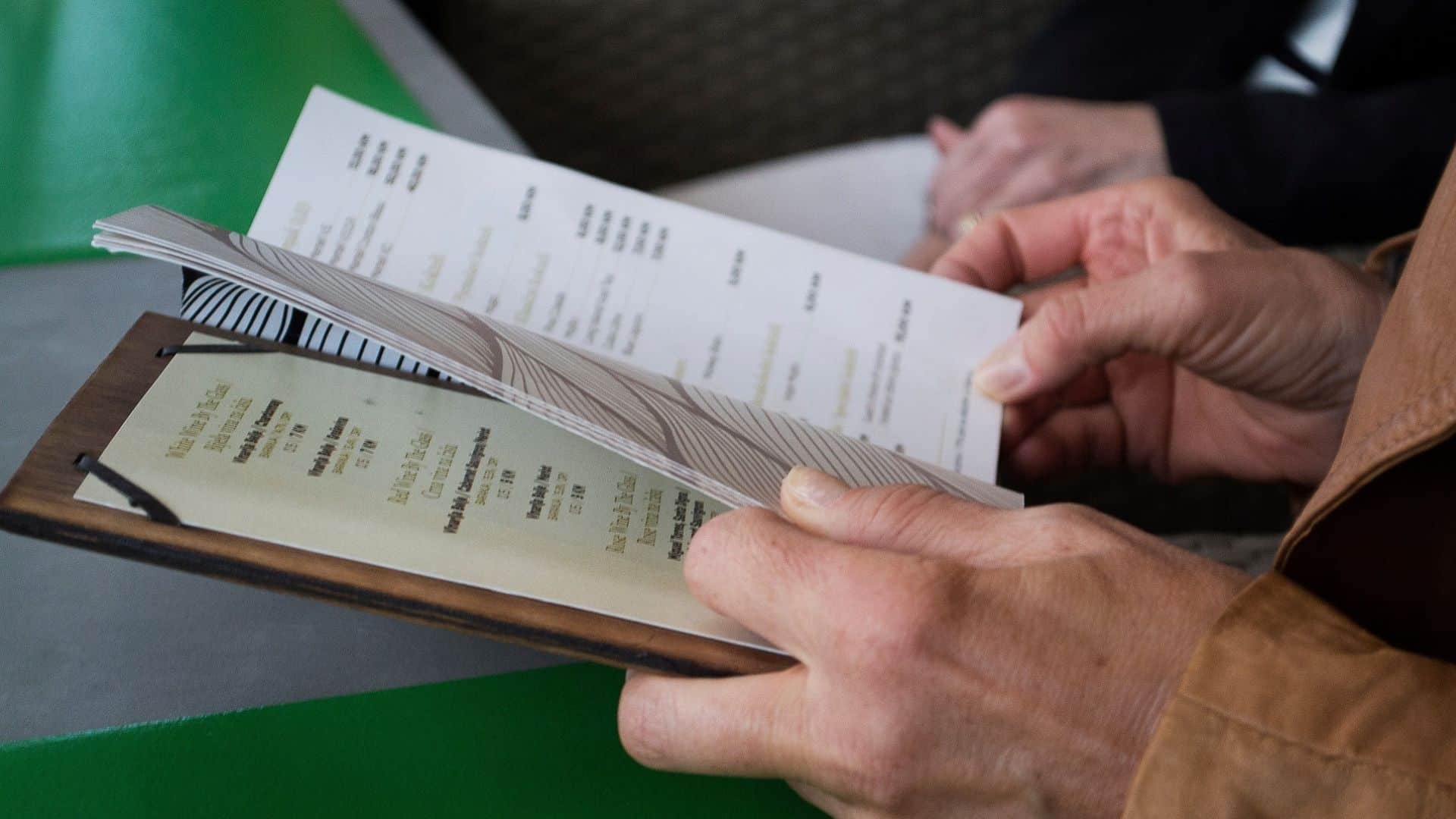
Menu design is a science. The upper-right corner of a menu is prime real estate, and restaurants often place their most profitable dishes there. Eye-catching fonts, boxes, or shading also highlight the meals they most want to sell.
The Illusion of Generosity
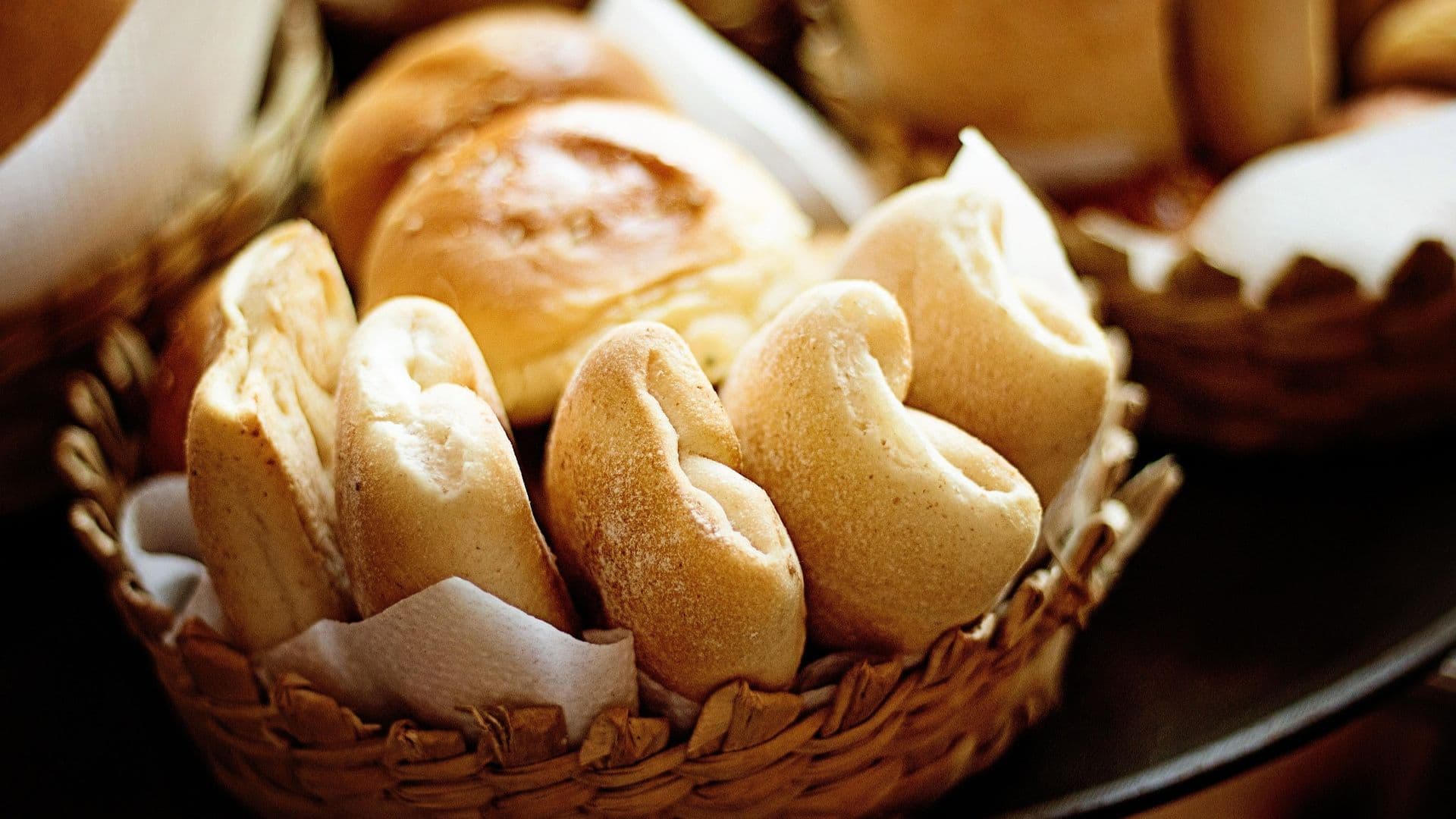
Some places offer complimentary extras like bread or small appetizers. While they seem free, these items are calculated to enhance the dining experience and encourage customers to spend more overall, either by staying longer or ordering more courses.
